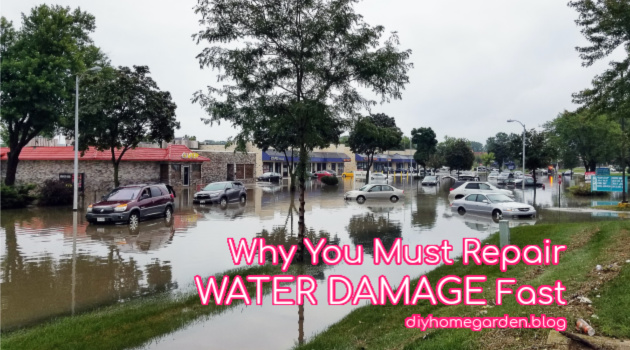Home water damage is more common than we think it is. Water can flood into homes even when the area that most don’t consider “flood-prone.” A burst pipe, a back lodging of sewer line, or excessive rain can cause the same if not more damage to your house than a flood.
Hence, you must prepare ahead for events such as these, with basic knowledge about precautions. And knowing the steps that you must take after the incident can minimize the damage and keep your house and your family safe during flooding.
Also, it should be noted that different water damage categories will determine the extent of restoration required. A simple inspection of water can tell us which category the water damage to your house and the type of restoration process required.
The categories of water damage are as follows:
These three types of issues are the most common.
Category 1 water damage:
The responsible water for this type of damage is generally fit for consumption. It does cause irritability upon touch and is the least dangerous type of water damage. Category 1 water damage comes from broken plumbing or a malfunctioning sprinkler system.
Category 2 water damage:
If you have Category 2, it means that contaminated standing water poses a risk to the health of people who are in contact with or consume that water. There might be microbial activity in that water, so you will be advised against prolonged exposure. A leaking water storage tank is one of the most common causes of Category 2 water damage.
Category 3 water damage:
This is the highest level of contamination and dangerous water that could cause flooding. It can be fatal, and even small exposure to this type of water can be dangerous. The common culprit of this type of water damage is sewage back lodging.
 What to expect when you call a water damage company:
What to expect when you call a water damage company:
There are certain steps to follow while restoring a flooded home. The first step is to contact your insurance provider to raise a claim for the restoration costs. The restoration company and your insurance provider will together produce an estimate. They’ll also outline a rough amount of work to make your home liveable again.
Step One:
After the restoration company comes into the house, the first step is to remove any and all electrical connections that connect the main supply of the house to the flooded part of the house. This step ensures no electric discharge into the water while work is in progress.
Step Two:
After making it safe to work in the water, professionals enter the area with protective gear. Using industry-grade water pumps, the standing water is pumped out of the area. This is necessary to be done properly as some moisture always remains on the floor, leaving stain marks and damage to objects.
Step Three:
The place is then humidified. A closed room that has standing water in it will be very humid, and hence this step is also essential. Dehumidification also helps control mold formation in the room, as mold thrives in humid, wet, and dark places.
Even if the room is dehumidified, mold can form because the room had been holding water. The water most probably seeped into the walls and objects present, making them more susceptible to mold formation.
After the restoration is complete, some companies also treat your house for water smell, which can be a problem with houses that have less ventilation.
The bottom line on water damage restoration
Mount Pleasant SC (and communities all around the country) has excellent companies that treat water damage due to flooding. It is necessary to take precautionary measures while dealing with a flooding situation. Proper research and investigation into the company will go a long way to get the best restoration experience for your money.

